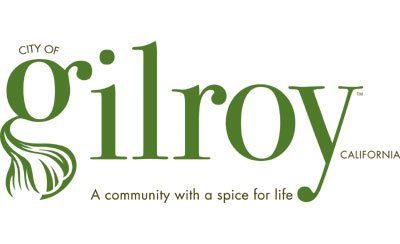Garlic City Billiards owner Bob Tapella has seen the light. He’s
hoping others are willing to convert as well. Tapella, local
developer Gary Walton and other business owners said replacing
Downtown Gilroy’s current yellow lights with new, more
natural-looking white lights could make downtown more appealing and
expedite its attempt at a revival.
Garlic City Billiards owner Bob Tapella has seen the light. He’s hoping others are willing to convert as well.
Tapella, local developer Gary Walton and other business owners said replacing Downtown Gilroy’s current yellow lights with new, more natural white lights could make downtown more appealing and expedite its attempt at a revival.
Lighting hasn’t been the only thing keeping downtown stagnant, as dozens of unreinforced masonry buildings – or URMs – are without tennants.
Fixing the lighting, however, is an easier first step, Walton said.
Downtown’s current high-pressure sodium lights envelop the streets in an unattractive, yellowish tint, Walton said. And he said the city should switch to halide bulbs – which project a more-natural glow – or install LED lights.
“It’s an inexpensive way to make people feel more safe,” Walton said.
Most shopping center parking lots use halide bulbs, Walton said.
Tapella called the area’s current lights “terrible.” With its undesirable lighting, unoccupied buildings and poor parking options, Tapella said Gilroy’s downtown district was the worst of any city in Santa Clara County.
“It looked better when I moved in,” said Tapella, who opened his billiards hall 18 years ago.
Mayor Al Pinheiro said he would meet with City Administrator Thomas Haglund to discuss the city’s downtown lighting options.
“Then we’ll see what we’re up against,” Pinheiro said.
The city had already ordered more of its current lights to install downtown, Pinheiro said. But he wasn’t opposed to the idea of new lighting, as long as it’s cost effective
Linda Ashford of Ashford Heirlooms said the current lighting “is an issue to people.”
Better lighting downtown would have a two-pronged effect, Ashord said. It would entice people to the area, and they would stay longer because they would feel safer.
“Once we get more people back, that’s more eyes,” Ashford said. “I think that’s something to strive for: helping downtown survive.”
Sue Shalit, owner of Sue’s Coffee Roasting Company, said she had to scale back her business hours because there’s almost no one downtown after 5 p.m.
The city missed an opportunity to install better lighting five years ago, Walton said.
Improved lighting should have been part of Gilroy’s downtown specific plan that was adopted in 2006, he said.
The plan’s task force – for which Walton was the chair – failed to request input from the Gilroy Police Department or any outside consultant that could have conducted a crime prevention report through environmental design analysis.
“As the chair of the task force, perhaps I should have known better and suggested it,” Walton wrote in an e-mail to the Dispatch. “But as they say, hindsight is always 20/20. Regardless of our omission of such an analysis, it is not too late to consider low cost options like improved lighting that would improve the perception of safety downtown.”
Walton said he doesn’t feel that downtown was a “hot bed of crime” any more than other areas of Gilroy.
Several other business owners said poor lighting isn’t the only thing that might be keeping downtown empty. Dozens of empty buildings don’t project a welcoming image either, they said.
“I call it ‘Condemned Row,'” Tapella said.
Many downtown buildings remain empty because property owners cannot afford or refuse to pay for full seismic retrofitting for their URMs.
There are 28 such closed structures downtown, according to a city report dated Jan. 4. Pinheiro said it was his “hope” that the Gilroy City Council would take action Feb. 7 on a proposed ordinance that, if passed, would lessen retrofit requirements for downtown building owners and allow businesses to reopen.
On Monday, the Council voted 7-0 to allow offices in the ground floors of downtown buildings without conditional use permits for the next three years.
Kim Summers, who works at Sue’s Coffee Roasting Company, said the lack of pedestrians downtown was due to the current lack of businesses.
“It’s all the empty places” that are keeping people away from downtown, Summers said, though she agreed that new, brighter lighting would make the area more desirable.
Summers pointed to Downtown Morgan Hill and San Jose’s Willow Glen area as “nice, comfortable” places where ambiance attracts visitors.
“We need something down here to do the same thing,” she said.
Bruce Ganzler of Garbo’s Antiques said new lighting might help, but people won’t come downtown unless the closed properties are reopned, preferably as new restaurants.
“I don’t think it’s the lighting,” Ganzler said. “If the buildings were full of businesses, people would come here.”
The new lighting is not a “magic bullet” for downtown, Walton said.
It would, however, improve sightlines for cars and pedestrians, attract customers, deter vandalism and benefit downtown overall.
“There’s significant interest in downtown infrastructure,” he said.














